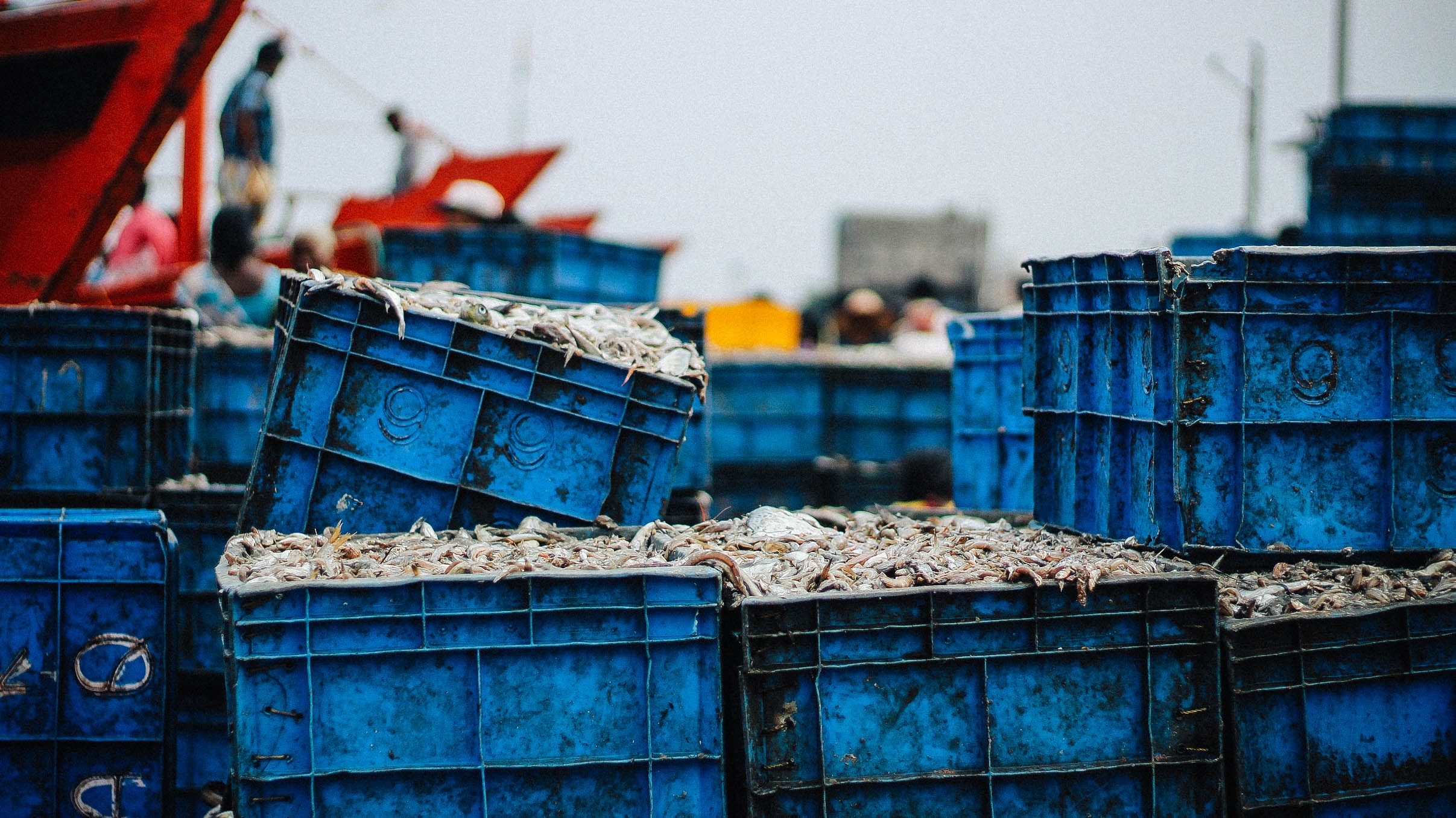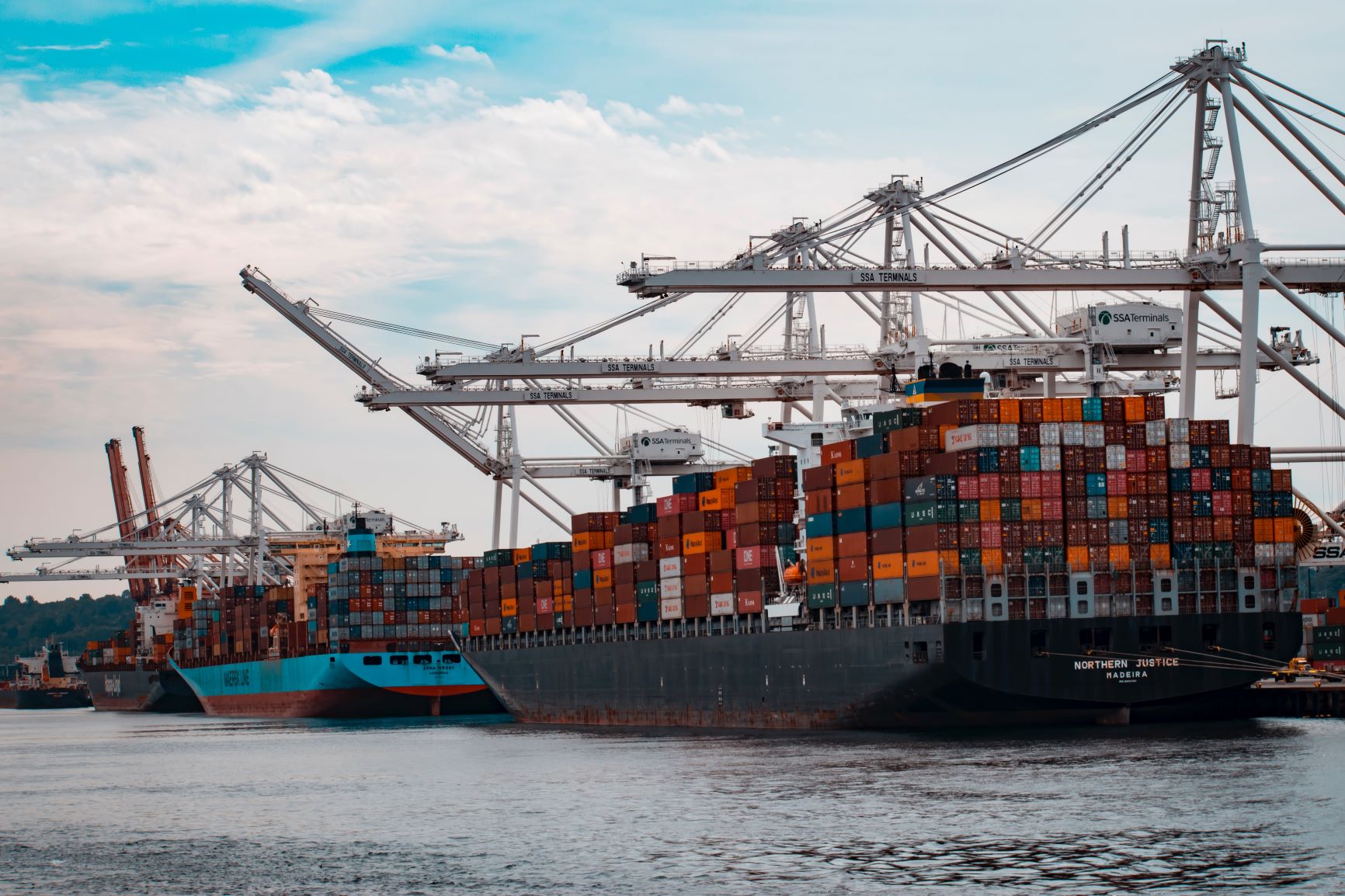
The ‘blue acceleration’: ocean plunder in the Anthropocene
A new study highlights the rapidly increasing pressure on the world’s oceans as a result of human population growth and burgeoning demand for resources.

The paper, published in One Earth, investigates 50 years of data on the exploitation of marine resources, including food, materials and space. It highlights how dwindling resources on land have caused a great rush towards the ocean, dubbed the ‘blue acceleration’.
The big ocean squeeze
Marine activities, such as fish capture, aquaculture, deep-sea mineral extraction, shipping and tourism, over time follow a typical ‘hockey stick curve’, matching our exponential population growth. Since 1960, human population has more than doubled, increasing from 3 billion to 7.7 billion today.
More than 40% of the global population lives within 200 kilometres of the ocean and many coastal areas are growing so rapidly that governments have turned to land reclamation – China, for example, has been extending its coastline by hundreds of square kilometres every year to meet the growing demand for urban and industrial spaces.
Maritime shipping now accounts for more than 80% of global transport by volume and seafood is the fastest growing food industry. The proportion of commercial fisheries that are overharvested has tripled over the past 40 years. According to the Ellen MacArthur Foundation, by 2050, there will be more plastic than fish in the seas if current trends continue.
Ocean acidification, marine heatwaves, and pollution are all placing increasing pressure on marine ecosystems. The IUCN Red List of Threatened Species states that a third of reef corals, and a third of sharks and rays are now threatened with extinction.
Even species living at extreme depths are feeling the Anthropocene squeeze. The scaly-foot snail or “sea pangolin”, which is found only at three deep-sea hydrothermal vent sites, is endangered due to mining.

Insufficient protection
The authors point out that damaging marine activities “transcend political boundaries, making the sustainable governance of marine resources a uniquely international responsibility”. So far, coastal nations have pledged to protect 10% of marine areas by 2020. However, this target has not been met yet and scientists are calling for at least 30% protection.
2020, the ‘superyear for nature’, presents a big opportunity for ocean health – a new legally binding treaty for biodiversity on the high seas is in its final stages of negotiation and world leaders will assemble in Lisbon in June for the United Nations Ocean Conference. In addition, the UN Decade of Ocean Science for Sustainable Development kicks off next year.
To be effective in the long term, measures to protect our seas must include positive action to end human population growth.
Population Matters is campaigning to ensure population solutions are recognised and implemented on the international stage – you can help amplify our voice by becoming a member today!
Become a member

Your regular contribution will enable us to continue our campaigning, lobbying, education and research activities, and helps move population up the public agenda.

